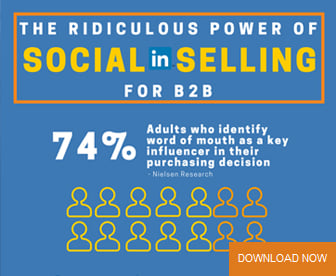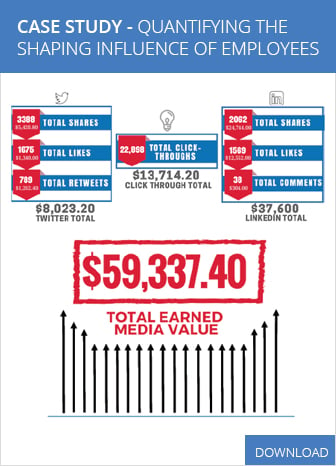The Chaotic Mess of the Smart Home
CES 2016, Las Vegas –“Struggle” and “complexity” are words used to describe the relationship between people and Smart Home solutions. After two days of looking at the latest-and-greatest demonstrations this week, it’s no surprise. Everyone, from shiny-new start-ups to old guard players building windows and thermostats, are throwing out whatever they can in order to get a toehold into the Internet of Things. It’s hard to say when there’s going to be a consolidation because nobody knows what works and the established interests haven’t started thinking about M&A.
Support.com published a survey this week providing a window into the woes of the Smart Home world. Almost one in three Smart Home system owners struggle with the complexity of setup, configuration, and ongoing support for devices. A whopping two thirds of potential buyers are put off by the cost to buy, set-up and maintain a Smart Home system.
Consider an example walk through the Smart Home world through my CES meetings on Thursday, January 7. The morning started with Nexia, a smart home platform made by Ingersoll Rand, a $13 billion global business that boasts Trane residential air conditioning in its portfolio. Nexia has been in operation for nearly a decade and works with smart home gear from General Electric, Schlage, Kwikset, First Alert, and Fibaro, along with the Trane and American Standard company gear. In addition, there are integrations with “smart” blind and window systems from Anderson and Pella.
Nexia, like a number of Smart Home players, used CES to emphasize expanded interoperability with key brand names plus other third-party systems, underlined unique specialized functionality based upon its experience and intellectual property, and added new devices. Expanded interoperability for Nexia includes Amazon Echo integration so people can be hands-free, cell phone free in controlling devices around the house. Special functionality for CES is an online portal to monitor the house HVAC system in real time as well as to provide in-depth diagnostic data to the dealer, so installers and dealers can spot potential issues in real-time, rather than during a yearly inspection. And Nexia added new wireless cameras and a doorbell sensor to the portfolio – not really “new” in the industry, but necessary for the company to offer a full solution to match others on the market.
Silicon Valley start-up Kuna may not have the Trane brand name or a large portfolio, but its smart home security system using a camera built into an outdoor lighting fixture to detects motion at the door, sending a smart phone alert and giving the user the ability to see and record who’s there in real time and to talk to them through the built in intercom. Kuna’s advantage is in providing real-time communications around the home, instead of time-lagged video systems some Smart Home solutions currently provide. Potential robbers knocking on doors to see if the house is empty are deterred by someone asking “Who’s there?”
Within the category of home video monitoring solutions, Kuna is up there as a best-of-breed system and is working the interop train along with anyone else. The just announced-at-CES Toucan system is $200 camera/intercom system that plugs into an existing outdoor light fixture for power and is an advance over the first-generation dedicated/embedded camera light fixture product; people may not want to replace existing light fixtures and there’s always a homeowner association to protest aesthetics.
But within the larger Smart Home ecosystem, Kuna doesn’t provide a full security system today. At some point in the future, the company becomes a merger/acquisition target for a larger firm or rollup play.
Now, multiply the Nexias by a dozen or more and the Kunas by a number between 150 and 200. Throw in Nest with Alphabet (formerly Google), Apple HomeKit and Amazon, add some Android. Stir. Now you understand why the numbers for Smart Home are so poor. There are no universal plug-and-play standards, so everyone has to build at least two or three different bridges to try to cover as much interop territory as possible. And that’s before homeowners start thinking about trades between best-of-breed solutions vs. a single integrated system.
Smart Home is going to be an ongoing headache until there’s more interoperability and some consolidation.
Edited by Kyle Piscioniere











